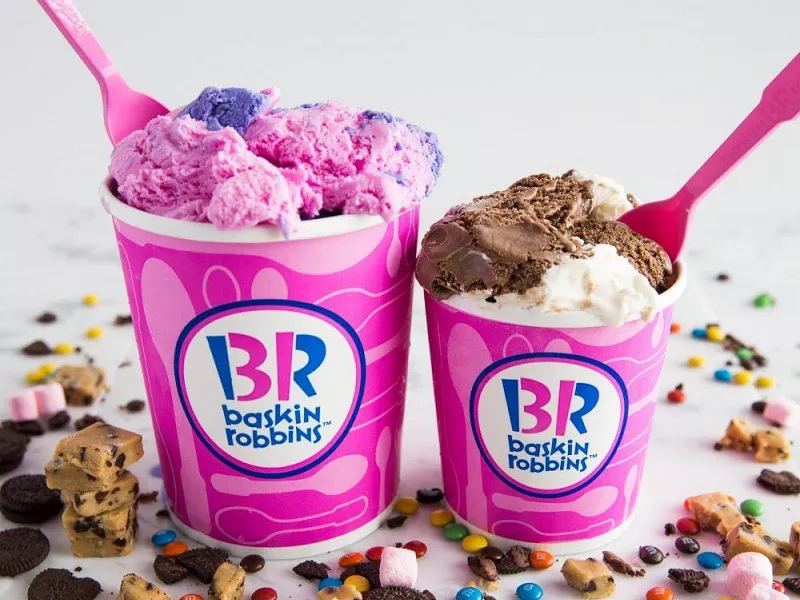When considering the venture of becoming a Klondike ice cream dealer, one of the foremost questions on the prospective entrepreneur’s mind is, “How much does it cost to become a Klondike ice cream dealer?” This inquiry serves as the cornerstone of the decision-making process, as it outlines the financial commitment required to embark on this business endeavor.
Initial Investment and Franchise Fees
The journey to becoming a Klondike ice cream dealer typically begins with an initial investment and franchise fees. These costs encompass various elements such as licensing rights, training, and access to Klondike’s established brand and business model. Understanding the breakdown of these fees is crucial for aspiring dealers to gauge the feasibility of their investment.
Licensing Rights and Territories
Central to the initial investment are the licensing rights granted by Klondike to operate as an authorized dealer. The cost of these rights may vary depending on factors such as geographical location, market demand, and existing competition. Additionally, prospective dealers must consider the size and exclusivity of their territories, as these factors can influence both upfront costs and long-term profitability.
Training and Support
In addition to licensing rights, franchise fees often encompass comprehensive training programs and ongoing support provided by Klondike. These resources are invaluable for new dealers, as they offer guidance on various aspects of the business, including product placement, marketing strategies, and customer service. While these training programs may incur additional costs, they equip dealers with the knowledge and skills necessary to thrive in the competitive ice cream market.
See Also: Cost to Open a Colonial Ice Cream Franchise
Inventory and Equipment
Another significant component of the initial investment is the procurement of inventory and equipment. Dealers must stock up on a wide range of Klondike ice cream products to cater to diverse consumer preferences and demands. Additionally, investing in quality equipment such as freezers, display units, and transportation vehicles is essential for maintaining product integrity and ensuring efficient operations. Calculating the cost of inventory and equipment is essential for budgeting purposes and determining the overall financial feasibility of the venture.
Operational Expenses
Beyond the initial investment, prospective Klondike ice cream dealers must also consider ongoing operational expenses. These expenses encompass various overhead costs such as rent, utilities, employee wages, and marketing expenditures. It is essential to conduct a thorough analysis of these expenses to develop a realistic budget and financial forecast for the business. Moreover, identifying opportunities to minimize costs and maximize profitability is critical for long-term success in the competitive ice cream market.
Marketing and Branding
Effective marketing and branding are paramount for attracting customers and differentiating the Klondike ice cream dealership from competitors. Investing in marketing initiatives such as advertising campaigns, social media presence, and promotional events can significantly impact brand visibility and customer engagement. However, it is essential to allocate resources judiciously and prioritize strategies that yield the highest return on investment. By leveraging Klondike’s established brand reputation and implementing innovative marketing tactics, dealers can enhance their competitive edge and drive business growth.
Financial Planning and Risk Management
As with any business venture, financial planning and risk management are critical aspects of becoming a Klondike ice cream dealer. Conducting a comprehensive financial analysis, including revenue projections, cost estimations, and break-even analysis, is essential for evaluating the viability of the investment and securing financing if necessary. Additionally, implementing robust risk management strategies, such as contingency planning and insurance coverage, can mitigate potential threats to the business’s financial stability and longevity.
Conclusion
In conclusion, the decision to become a Klondike ice cream dealer entails various costs and considerations. From initial franchise fees and licensing rights to ongoing operational expenses and marketing investments, aspiring dealers must carefully evaluate the financial implications of this venture. By conducting thorough research, developing a realistic budget, and implementing effective risk management strategies, entrepreneurs can position themselves for success in the competitive ice cream market. Ultimately, the journey to becoming a Klondike ice cream dealer is not just about the costs involved but also about the potential rewards and opportunities for growth in the thriving frozen treats industry.
Related topics:


